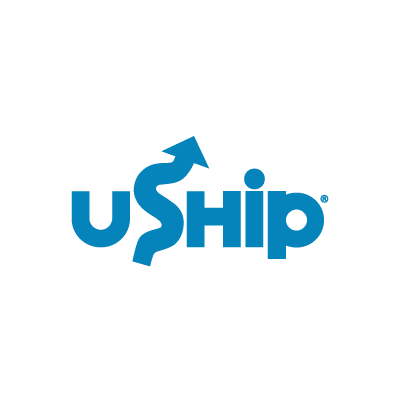uShip
You ever needed to transport your furniture? Or wanted to ship something big? Often this can be a hassle, and finding an affordable carrier can be difficult. UShip, an electronic marketplace and auction for shipping services, makes this a lot easier. It was started ten years ago and has already connected over 3.5 million customers and 800.000 service providers with each other. They focus on decreasing inefficiencies in the logistics industry.
Through uShip, customers can post their freight and carriers can then place competing bids for the right to haul a customer’s shipment. Another option is similar, but reversed where customers can bid on available places offered by carriers. This way customers can book a shipment immediately or can wait for auction bids (Mylene, 2003). Overall, uShip is a clear example of an online electronic market that applies online auctions on its platform.
The logistics industry
The industry can be divided into three major business models serving both B2B and B2C segments. Well-known are the courier and parcel companies. Then there are carriers with the focus on transportation of goods (e.g. sea-freight). The third model is that of logistic service providers who arrange shipments (e.g. forwarders acting as intermediaries). The focus of the industry is especially on customer satisfaction, resulting in a highly competitive price war in many cases. Moreover, complex forecasting and planning systems are used to meet customer demands and deliver on time (Accenture, 2017).
UShip works as follows. First a customer needs to transport something. Second, the customer enters specific requirements for the transport into uShip and compares possible carriers in one overview. Third, the customer selects their preferred offer and pays. Eventually the freight is picked up and delivered.
Benefits
Using uShip has several benefits over traditional logistic companies. It bypasses the middlemen and can offer their customers a discounted price. There is more price transparency as well as an increased number of alternatives easily visible. Eventually, the transport quality can increase as well. Carriers are able to increase their efficiency, by using a higher percentage of the space available, as well as revenues.
The electronic brokerage effect applied by uShip is beneficial as it increases the number of alternatives easily available. Next to that it increases the quality of alternatives and decreases the costs of the product selection process (Malone, Yates & Benjamin, 1987).
Future technological developments
Let’s take a look into the crystal ball. What future technological developments could impact the logistics industry, and how? Several technologies are likely to have a big impact:
- Blockchain and smart contracts: this would impact how transactions are managed and enable public tracking;
- 3D printing and local production: with these technologies readily available, shipping demand could decrease drastically;
- Automation and IoT: using drones and self-driving trucks could reduce inefficiencies and would decrease the number of jobs required.
Today’s electronic markets and auctions, like uShip, are on the verge of disrupting the logistics industry.
References:
Accenture. (2017). Digital Disruption in Freight and Logistics. Accenture. Retrieved from https://www.accenture.com/t20170630T071916Z__w__/us-en/_acnmedia/PDF%2053/Accenture-Digital-Disruption-Freight-Logistics.pdf#zoom=50
Malone, Yates, and Benjamin (1987), ”Electronic markets and electronic hierarchies”, Communications of the ACM.
Mangalindan, Mylene (2003), ”Consumers Buy Furniture, Even Refrigerators on the Internet”, Wall Street Journal. Retrieved 2009-05-08.



